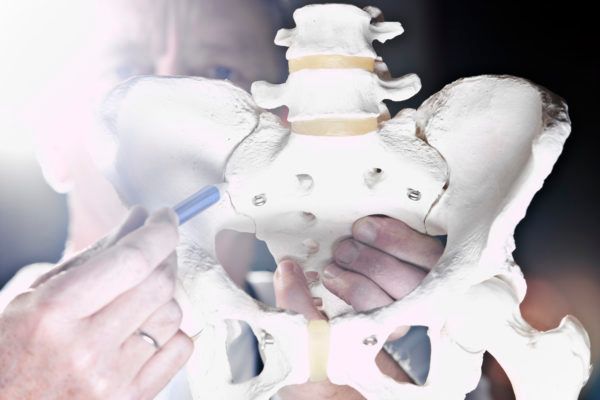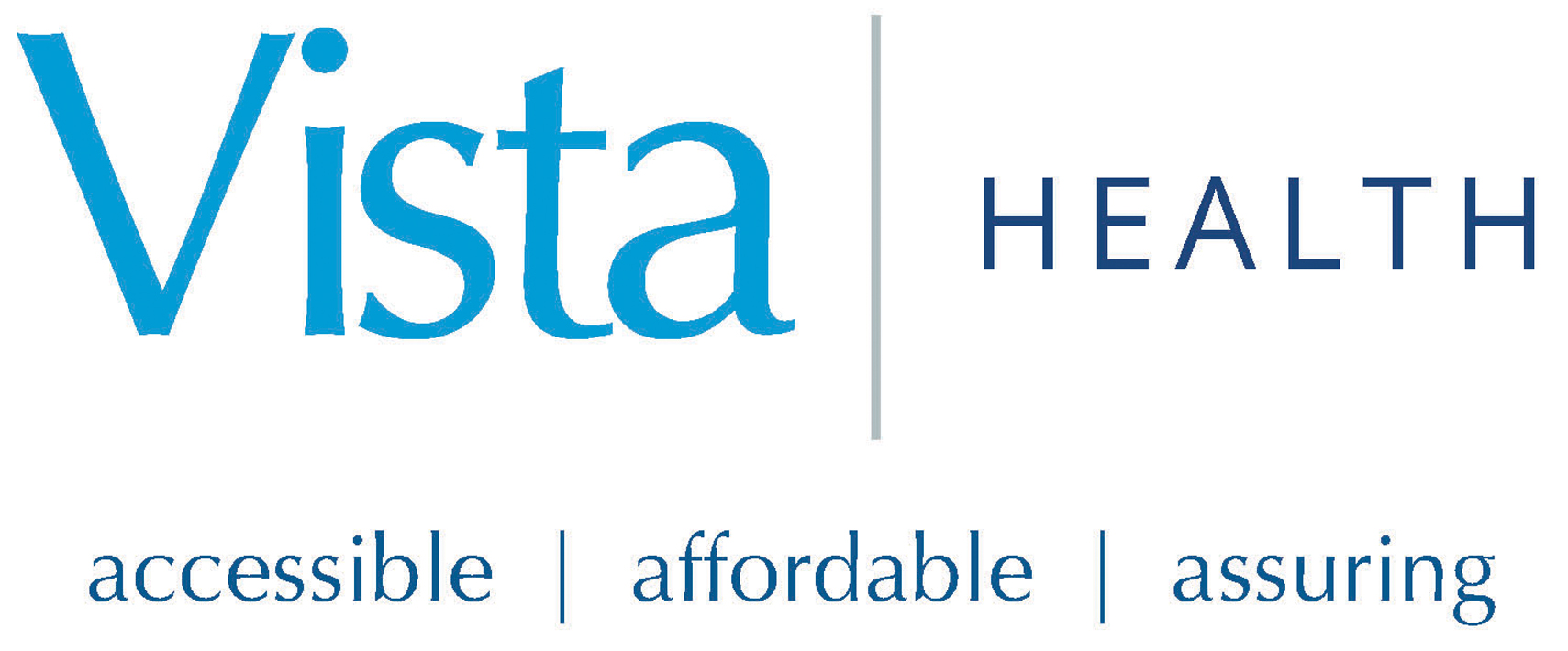At this time of year, as a physio and a 2:37 marathon runner, I find myself reflecting on the ups and downs of the year and thinking about what I want to achieve next year.
From a personal perspective, this year I’ve completed two full marathons that rank third and fourth out of the 18 or so marathons that I’ve completed over the past 11 years, but let’s be honest no one really sets out to run their third or fourth best marathons. I was happy with Manchester in the Spring when I ran 2:43 aiming for 2:40 as I knew that my preparation, although solid hadn’t consisted of enough quality sessions to push into PB territory.
I was however hoping to get into PB shape for my Autumn run in Amsterdam. Unfortunately, the consistent build up that I would need for this through spring and summer with some 5k, 10k and half marathon races came unstuck in early June when I developed right sided low back pain during a run. It was sore to walk around on afterwards and rang alarm bells of a possible sacral bone stress injury. Which sadly turned out to be true, after undergoing some MRI imaging via a fabulous sport and exercise doctor Cath Spencer Smith who is a close colleague of mine. I had sustained a ‘mild’ grade 1 right sacral ala fracture; as part of the diagnostic work-up I had also had imaging of my lumbar spine (which was pristine) and of my hips, the right one appears not to be so pristine (with a labral aka cartilage tear and a misshapen ball and socket joint).
Like most injured runners and athletes that find themselves side-lined the injury post-mortem begins in earnest. The first priority was to find out if there was anything amiss with my bone health – a so called - intrinsic risk factor for bone stress injuries. I was lucky enough to be taken through the relevant blood tests and to have Dexa scan organised by Dr Cath and thankfully my results were nice and normal. The next factor that came to fore as a possible culprit in my injury development was the abnormality found in my right hip; although I’ve never considered my right hip to be painful or bothersome, I have on reflection been aware of a sense of tightness or perhaps stiffness at times. Having had my hip assessed by a colleague subsequently I can see that I have some clinical symptoms associated with something called a femoracetabular impingement syndrome (FAIS for short). If my hip was not able to extend freely due to its ‘odd’ shape it was entirely possible that it was causing a poor force transfer through the right side of my pelvis (and therefore the right sacral ala). The upshot of this finding was to introduce a number of mobility and strengthening exercises specifically for my hip into my now consistent twice weekly S&C sessions.
My hip factor provided an interesting alternative contributing factor as to why I may have developed a more severe grade 4 right sided sacral ala stress fracture 2 years ago, which at the time I had felt had been caused largely by trying to sustain an unchanged training workload being severely sleep deprived after the birth of my daughter 2 months earlier.
So in short what have I learnt from  my injury experience this year?
my injury experience this year?
Not to cut corners and to appreciate the importance of consistent strength and conditioning work. Without consistency across all elements of training from running, strength and conditioning sessions, adequate rest, and nutrition, the ability to train uninterrupted by injury and illness is hindered. Consistent training is the cornerstone of building fitness and improving performance, but perhaps most importantly being able to consistently train, compete and be active has greater implications to our sense of well-being and our quality of life.
So how is this relevant to your sport and fitness goals for next year?
I’d encourage you to set your goals for next year and spend some time thinking about the small steps that you’ll need to take every week to get towards the long goal that might be completing your first marathon, getting a new Iron Man PB, or getting to the gym twice a week to achieve and maintain a healthier weight. This might include really simple things like getting some new running shoes, looking for a gym or a running club close to work or home.
Consider the practicalities of where you will dedicate time to your goals and what you think feels like a sustainable commitment once you’re back into the rhythm of normal life after the Christmas and New Year irregularities.
Putting together a schedule that works for you and allows you to be consistent week after week will dramatically increase your likelihood of success and lead to a long-term lifestyle change and improved sporting performance.
Consider things that could get in the way of you achieving your goals, in other words what are your potential barriers and what plan can you put in place to climb over them? For example, if you are concerned that an old injury niggle is likely to scupper your progress then get it checked out by a trustworthy sports doctor, physio or other healthcare professional. This way, for example, even if you have a dodgy knee that won’t tolerate you running on it immediately you may well be able to develop a treatment plan that means you can get into the gym to start building up strength and developing your cardio fitness in a more gentle way and then progress to running but allows you to start improving your fitness from the off.
Above all I’d recommend that you try to do the basics well, and by this, I mean following simple principles like not ramping up your training too rapidly, making sure that you get enough sleep and a balanced diet to optimise your response to training and reduce your risk of injury. If you haven’t regularly run or exercised for a year or so, be prepared to build back into running gradually – for most of us this will mean running no more than 3 times per week when you’re starting out.
Lastly try to keep in mind the importance of just being consistent and the sentiment of Lou Holtz who said ‘A river cuts through rock, not because of its power, but because of its persistence’.
If you need any help getting an old injury assessed or some guidance in putting together a sensible exercise or training program, then please get in touch at scott@londonrunningphysio.com
Wishing you all the best for the New Year.
Scott
About Scott Newton:
Scott is an experienced Musculoskeletal Physiotherapist with over 11 years of clinical experience, who also haas a degree in Sport and Exercise science. Scott consults privately 3 days per week at The Run-Fast Sports Clinic & at Complete Physio, both in the City of London, where he leads the Running Clinic.
https://londonrunningphysio.com
